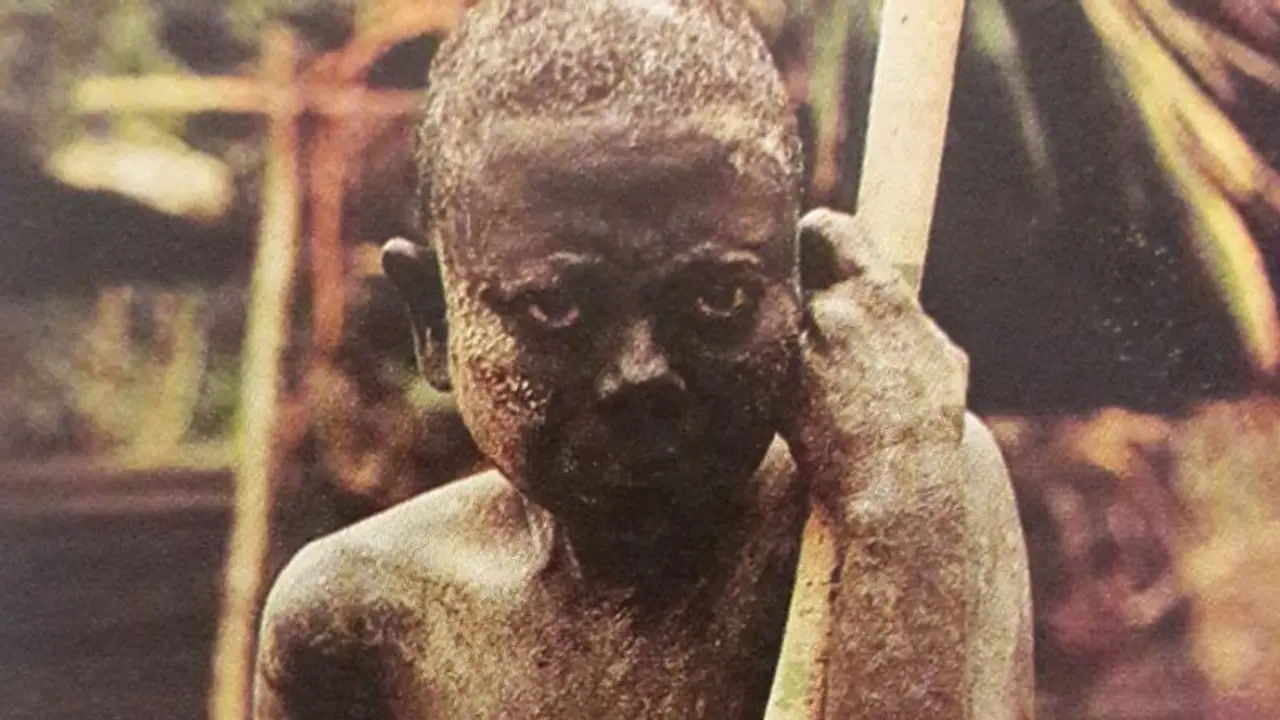Marco Polo called the forbidden Andamanese islands ‘Good Fortune’, Sentinelese an example in sustainable living
What happened to John Allen Chau was unfortunate. Even more unfortunate is our ignorance and insinuation—long before the American tourist tried his earnest religious mission and got martyred in his journey, the explorers and invaders had tried what he did—and there was ample reason they decided to leave alone the North Sentinelese tribe that covers the 47 sq km island southwest of Port Blair with a population of not more than 150. When the outsiders stepped away from a territory ruled gracefully albeit primitively in the spirit of Nature, little did they know they were paving the way for an unprecedented example in sustainable living and guardianship of the earth’s richest forests.
A close study of one of the most comprehensive books on the subject, Islands of India, written after years of remote travel by Bharatendu Harischandra Award-winning author Dr Sarit Kumar Mukerji, reveals that the original islanders—the great Andamanese, Jarawas, Sentinelese and Onges in the Andaman group and the Nicobarese and Shompens in the Nicobar group—are the torchbearers of sustainable living ethic and environmental protection, and defeat more progressive civilisations hands down at that. This can be illustrated through almost every aspect of their lifestyle.
1. These tribes have been mostly nomadic, living on fish, wild pigs, wild tubers and berries, following the most natural cycle of the food chain without causing any damage to the environment or producing non-biodegradable food waste.
2. The religion of the islanders is Animism and consists of the fear of the evil spirits of the wood, the sea, disease and ancestors, and in avoidance of the acts traditionally displeasing to Nature. An anthropomorphic deity, Puluga (fundamentally to be identified with some definiteness with the storm - Wuluga), is the cause of all things through acts displeasing to him are avoided for fear of damage to the products of the jungle—the only heaven they perhaps know and protect.
3. The tribes are fierce about protecting the rich natural resources that the islands are made of, and this is believed to be a big factor behind their hostile behavior. Many trace the origin of the word 'Angman' to Ptolemy, who described these as ‘The Islands of Good Fortune’, and hence the forms Angamanian, Angman and ultimately Andaman. Nicolo Conti called Andaman ‘The Island of Gold’ for it contained, maintained and conserved within itself some of the earth's most important natural treasures and housed rare species of flora and fauna that are not found anywhere else in the world.
4. All occupations and all industries arise out of essential life necessities and not an extravagance or wasteful luxury. They make their own bows and arrows, harpoons and spears, bamboo baskets, nets, strings, mats, unglazed circular cooking pots and canoes hollowed out of tree-trunks. The ornamentation uses quartz flakes and natural stones.
5. Unlike other civilisations that use plastic and paper money, the tribal barter system is really a gift of one article in exchange of another of the corresponding value in return. The community is generous in giving away precious ornaments and encouraging a minimal lifestyle with no hoarding.
Above all, their human values present an important example in co-existence. As a rule, the Andamanese are monogamous, get married and have babies, make their own living, are gentle and pleasant to each other, considerate to the aged, helpless, and to captives; kind to their wives, and proud of their children, whom they often overpet; but when angered they are cruel, jealous, treacherous and always unstable. Throughout life, they retain the main characteristics of the child…the child that William Wordsworth rightly thought had a lot to teach to the modern man.
